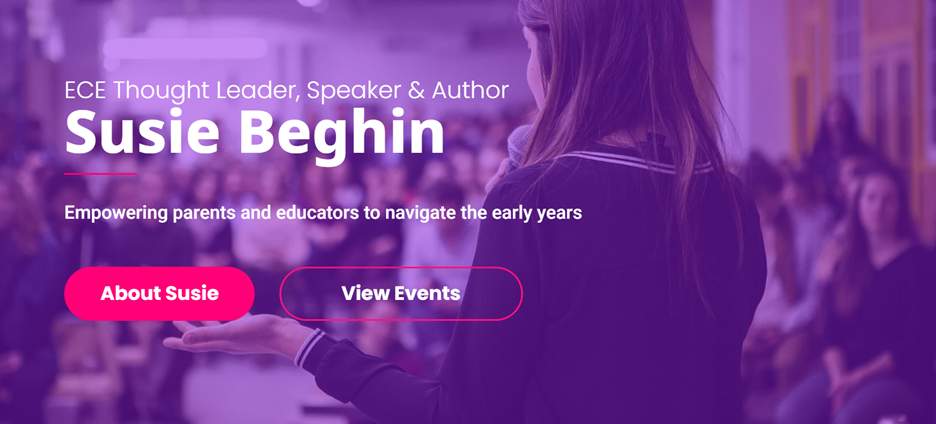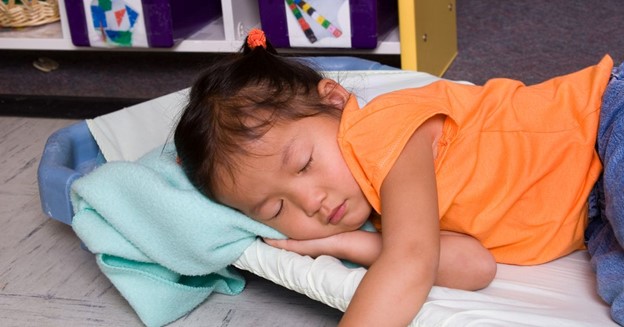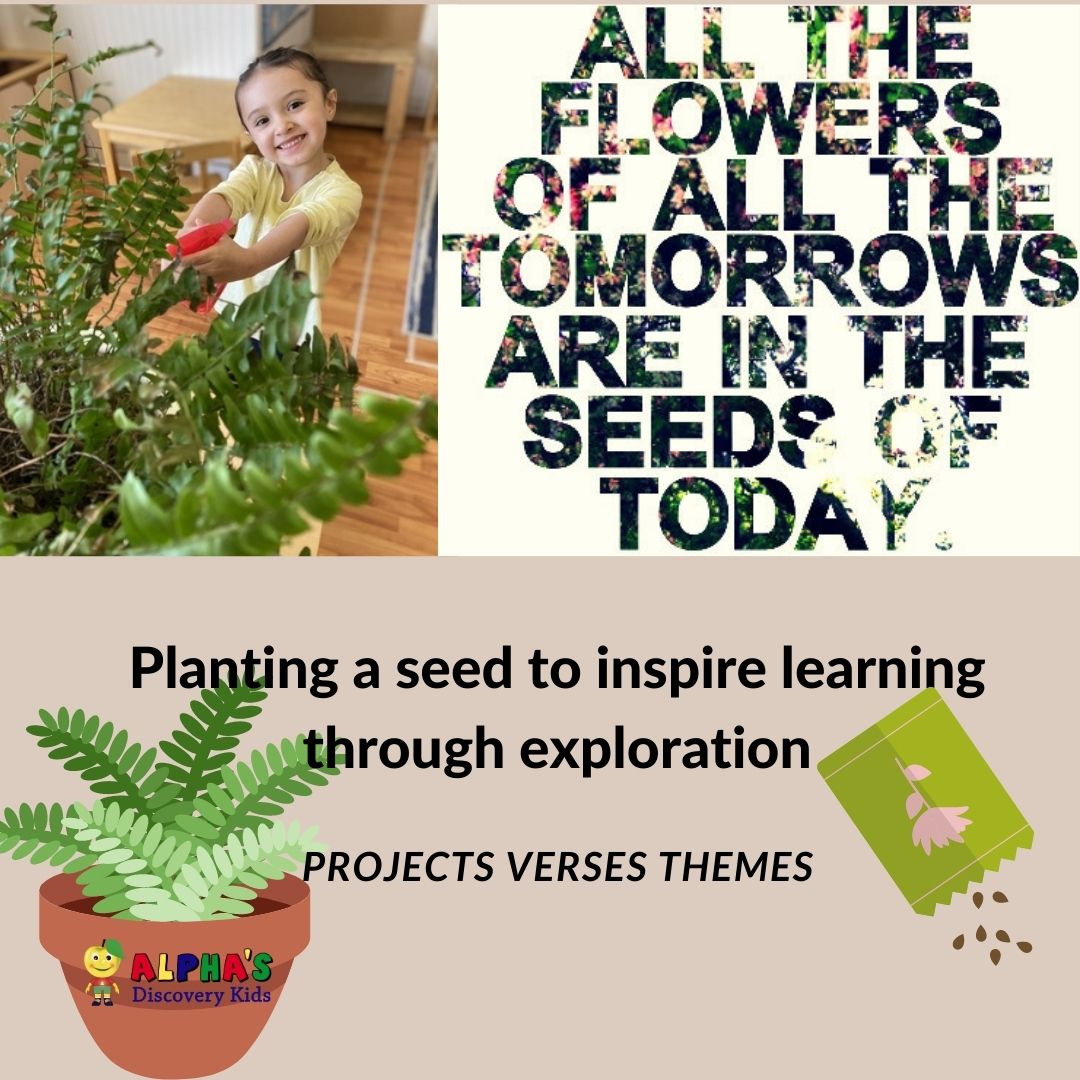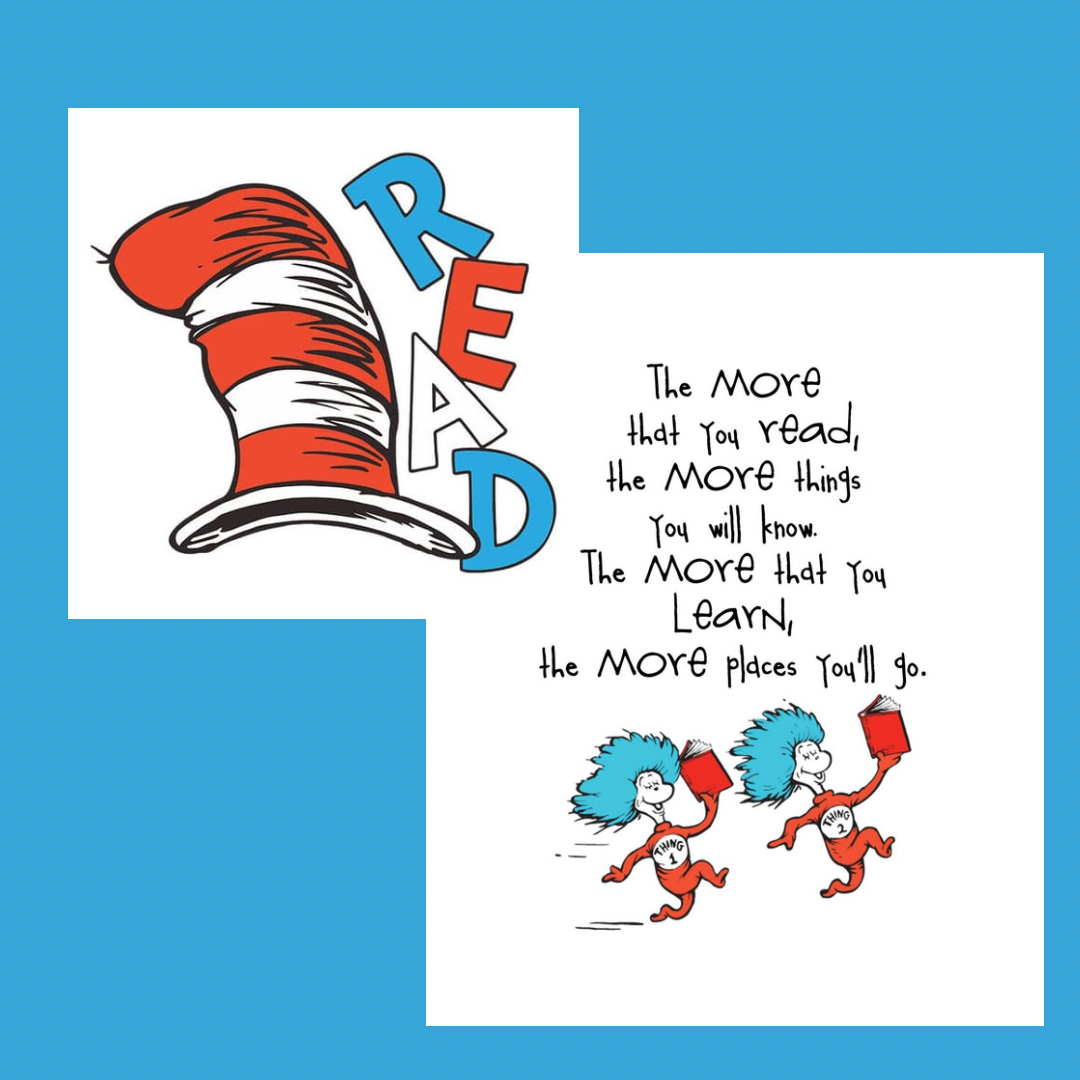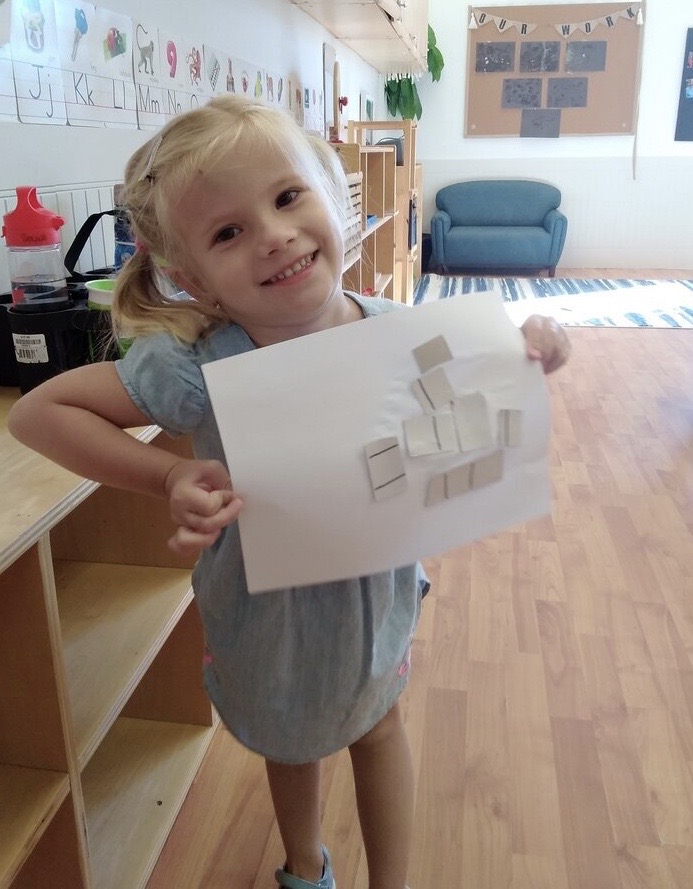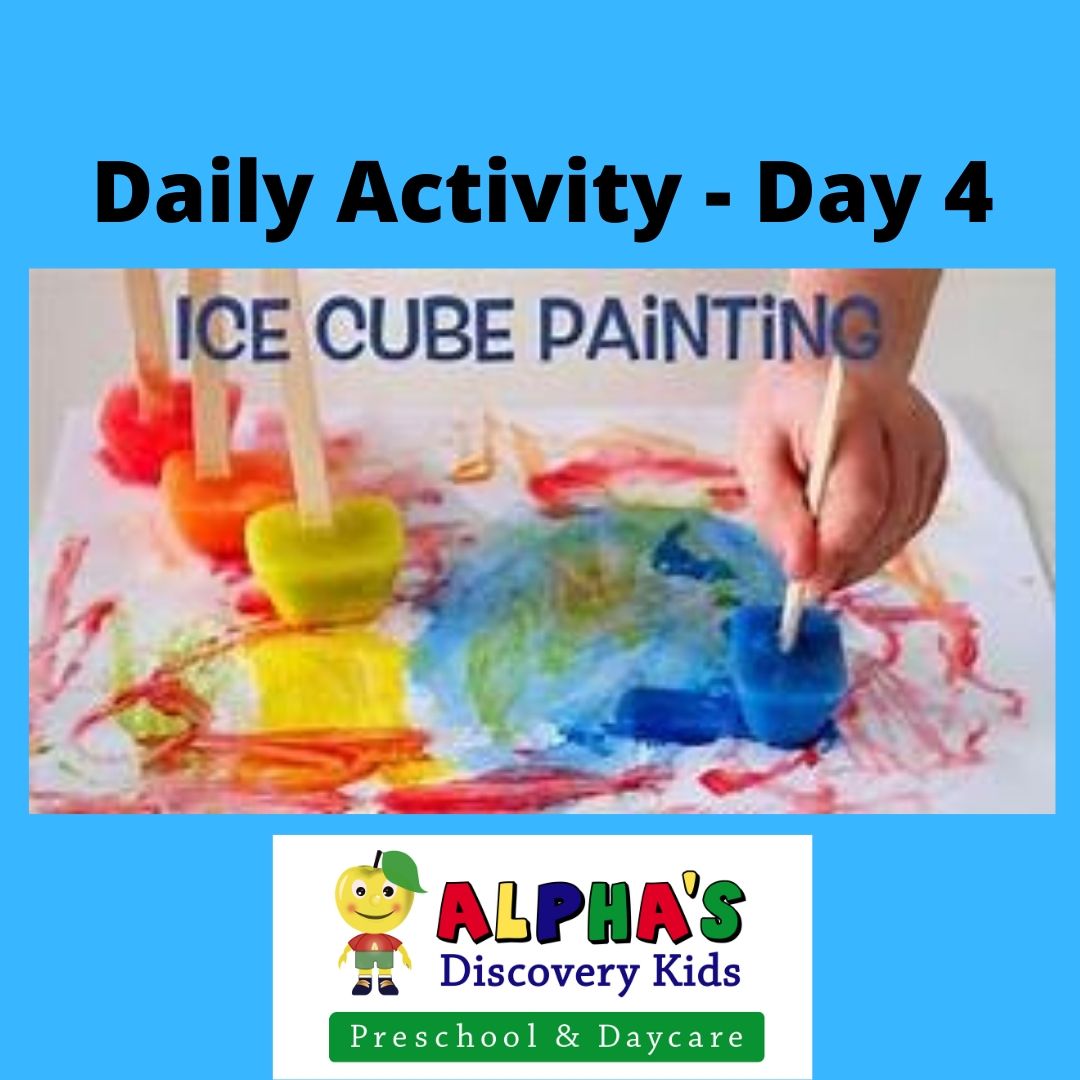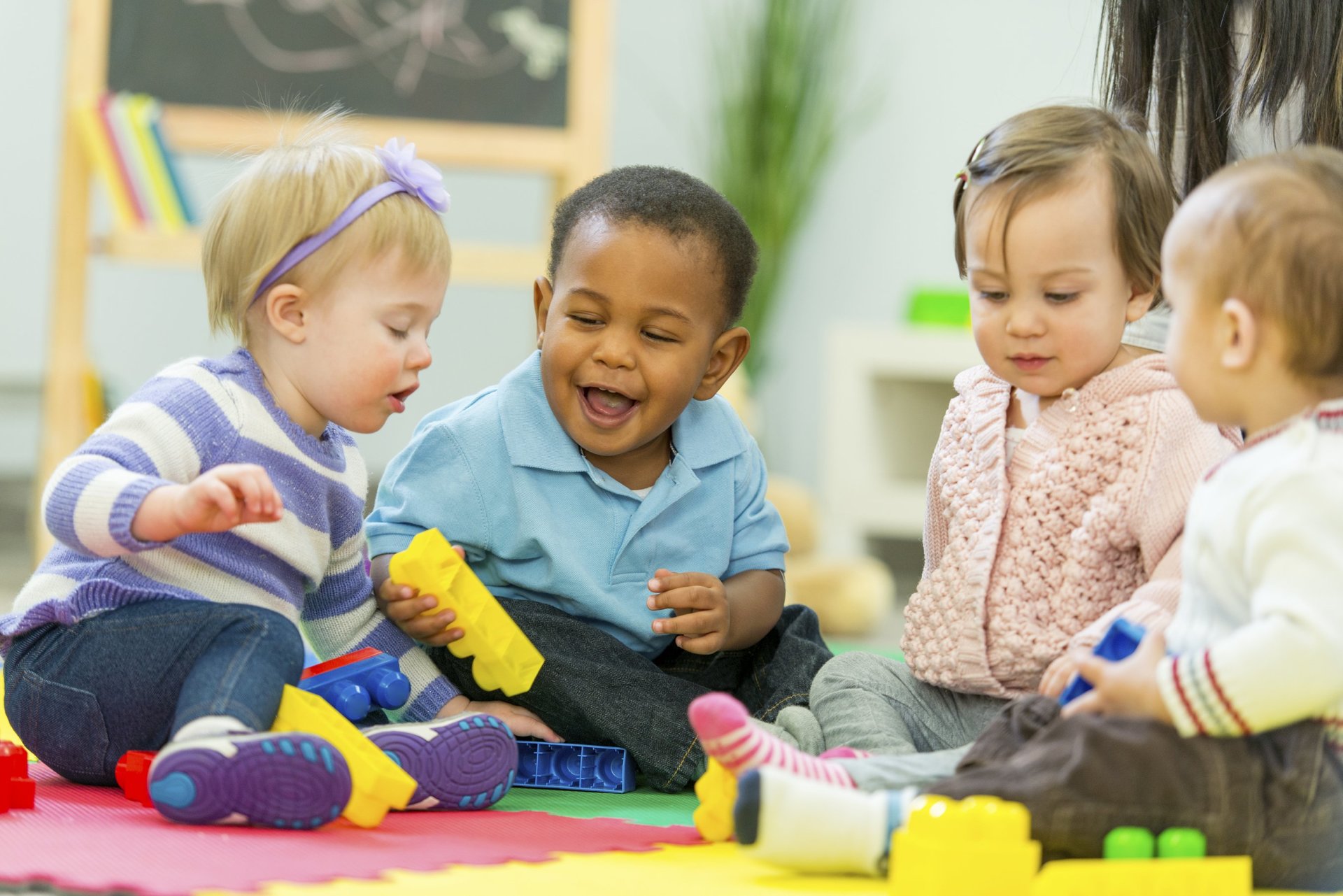Susie Beghin: Education Thought Leader
Exciting News! I’m Taking Education Thought Leadership to New Heights!
by Susie Beghin, RECE, Founder of Alpha’s Discovery Kids
As we enter the new year, I am beyond thrilled to share some fantastic news with you. As many of you know, I’m the proud owner of Alpha’s Discovery Kids and the author of ‘Learn to Play: The Four Pillars Learning System.’ Today, I’m stepping into a new chapter of my journey and expanding my thought leadership into a fresh digital space. Welcome to my new website and social media channels!
Why Education Thought Leadership?
As I reflect on my roles as a mother, entrepreneur, and author, each hat I wear adds a layer to my unique perspective on early childhood education. This journey has given me a wealth of insights and experiences that I’m incredibly eager to share with you in a more immersive and engaging way.
These new platforms are your one-stop destination for everything related to early childhood education. From practical advice for parents and educators to fun and educational activities for little ones, I’m committed to sharing my knowledge and experiences with you.

I’m also happy to advise that I’m now available for speaking opportunities! I’d love to connect with you through conferences, webinars, and events. Recently, I had the pleasure of participating in the ECE Virtual Summit on January 13, where we delved into the captivating worlds of STEAM learning and mindfulness, discussing how to integrate these vital elements into the early years and beyond.
I’m looking forward to connecting with each one of you in this amazing community we’re building. Follow me on my new channels, and let’s create a community dedicated to nurturing young minds. I’m genuinely thrilled to share my wisdom and insights and look forward to embarking on this educational journey together—where every child’s potential is not just nurtured but celebrated!
For more information, check out my new social channels and subscribe/follow:
https://www.tiktok.com/@susie.beghin.
www.instagram.com/susie.beghin
https://www.facebook.com/profile.php?id=61554788521421
www.linkedin.com/in/susie-beghin
Navigating Naptime: A Guide to Transitioning Naps for Growing Kids
Navigating Naptime: A Guide to Transitioning Naps for Growing Kids
by Susie Beghin, RECE, Founder of Alpha’s Discovery Kids
In the world of parenting and nurturing young minds, few subjects are as frequently discussed as sleep. Sleep isn’t just a routine part of life; it’s a cornerstone of a child’s well-being, influencing their physical health, emotional stability, cognitive development, and future success. As both a mother and an early childhood educator, I’ve seen firsthand the critical role that sleep plays in a child’s life. It’s not just a matter of rest; it’s a fundamental building block for their growth and happiness.
At Alpha’s Discovery Kids, we understand that there is no universal approach when it comes to sleep. Just as each child’s personality is unique, so are their sleep patterns. One of the common sleep-related issues we encounter in our daycare setting is the transition away from napping. As children mature, their needs and rhythms evolve, particularly when it comes to daytime naps. We recognize that naps are a vital component of early childhood, supporting their development and well-being. However, we’re also acutely aware that as children grow older, some may require shorter naps or even forego them altogether. This journey isn’t a one-size-fits-all experience; it’s a uniquely personal adventure for every child.
Phase Out Naps by Age: A Child-Led Approach
While there are general guidelines, it’s essential to remember that the transition from naps is a child-led process. As you can see from the chart below, sleep guidelines can vary with each age group, especially when it comes to children under 12 years old. At Alpha’s Discovery Kids, we understand the importance of an individualized approach to naps and sleep. Typically, as children grow and reach the age of around three years old, they may naturally begin to phase out naps. Signs that your child may be ready to move beyond regular napping include having shorter naps during the day, experiencing difficulty falling asleep for naps, or staying up very late in the evenings. Our educators observe these signs and adapt accordingly, ensuring your child gets the rest they need without pushing them into a set pattern.
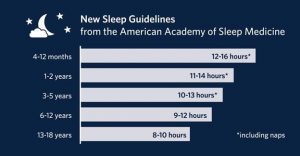
Consistency Between Home and Daycare
For parents of young children who attend daycare, achieving consistency in nap schedules is a crucial goal. It’s important for parents and caregivers to familiarize themselves with the daycare’s nap routines. This way, they can begin to coordinate their child’s nap schedule with the one followed at daycare. For instance, if your child is in the process of transitioning to a single, longer nap in the afternoon, the key is to gradually shift their naptime to synchronize with the daycare’s routine. This gradual adjustment, typically 15 minutes per day or every few days, ensures children’s comfort and a smoother adaptation to the new schedule. This synchronization not only facilitates a seamless transition but also helps parents maintain sleep consistency during weekends and breaks.
Why Slowly Phasing Out Naps Matters
Transitioning from naps can be a sensitive process, and going slowly is crucial as rushing this transition can lead to an overtired (and cranky) child. The goal is to allow children to ease into their new nap schedule. This slow transition is vital because abruptly stopping naps can be overwhelming for a child. As parents and educators, we want to provide the child with a comfortable and gentle shift to ensure their well-being.

Cute little kid girl hugging teddy bear sleeping lay in cozy bed, happy small child embracing toy fall asleep on soft pillow white sheets covered with blanket having healthy night sleep, top view
Child-Led Napping at Alpha’s Discovery Kids
Our child-led approach involves closely observing your child’s nap patterns. If your child still benefits from naps, we will continue to provide them as needed, even up to four years old, and sometimes beyond. Some children, at three or four years of age, may still require a nap, while others might not. We let your child’s needs guide us, and if it’s evident that naps are necessary for your child’s health and well-being, we support them in this. It’s important to remember that there is no one-size-fits-all answer when it comes to napping. While most children may transition away from naps around three years old, some may continue to benefit from them for a more extended period.
The transition from naps is a significant milestone in a child’s development, and it’s essential to approach it with sensitivity and flexibility. At Alpha’s Discovery Kids, we aim to provide the right balance, ensuring your child is well-rested while allowing them to adjust to their individual needs. This approach allows for a more relaxed transition, whether your child requires a nap or not, while in our care.
By closely observing your child’s sleep patterns, synchronizing nap schedules, and respecting their unique needs, we ensure that nap time transitions are smooth and beneficial for both children and parents. Naps are an essential part of a child’s routine, and whether your child is ready to transition to a full day of wakefulness or still requires daytime rest, we are here to provide the support and flexibility they need.
For more information on early childhood topics, check out my YouTube channel.
Planting a seed to inspire learning
Planting a seed to inspire learning
Planting a seed is the simple act of setting a process into motion – both in a garden and in a classroom. As educators in the classrooms, we are always planting seeds to spark children’s curiosity, inquiry and discovery. With an emergent curriculum such as ours at Alpha’s Discovery Kids, students are empowered learners, and the teacher takes the journey along with her class.
In many cases, children spend a great deal of time in a childcare setting with limited experiences in the world, especially during a pandemic. Planning based on the children’s interests is not effective all on its own. That is why we introduce projects to expand on the child’s learning. As educators of young children, it is our responsibility to empower children and to make them a big part of their own learning. It is important to understand that it does not necessarily matter where the topic originates from, if the direction it takes from inception follows the lead of the children.
One of the ways we do this is by providing and introducing rich, developmentally appropriate materials and new topics and concepts that the children may not be exposed to yet. By providing engaging materials that encourage exploration and creativity, we can provide opportunities that are open¬-ended and through these experiences provoke further interests. The materials can be purposeful, intentional and project based without becoming teacher directed.
We are continually plantings seeds in the minds of the children to inspire curiosity with the goal of teaching the children something new. Our educators have gained confidence in knowing it will take form without direction. A seed cannot stay a seed forever once planted. When cared for with nourishing soil, rays of sunlight, and water, they change shape and start to become whatever it is they were meant to be. We apply similar parallels to our approach to child development and learning. Like all things that grow, plants, trees, flowers, we want them to flourish!
To find out more about our Four Pillars of Learning curriculum, click here.
Follow us on Facebook or Instagram to see the curriculum in action. We offer many ideas that you can also try at home!
Rhythm and Rhyme and Early Literacy
- Rhythm and Rhyme and Early Literacy
Most parents would agree that learning to read is essential for young children. But how do we teach our children to love reading? At Alpha’s Discovery Kids Preschool and Daycare, we think reading and writing are so important that we made Language and Literacy our first pillar of learning in our Four Pillars of Learning curriculum.
Some of our favourite books for toddlers and preschoolers are written by Dr. Seuss. There’s just something about all of those wacky characters, silly rhyming words and colourful familiar stories. It’s always so much fun to invite children into a whimsical place that they will likely want to visit often.
The stories are so simple but are so broadly appreciated by both adults and children. I began to think back to my very first time I read an entire book by myself. In the summer between Grade 1-2, my grandfather gave me a copy of “The Cat in the Hat”. I remember how much I enjoyed the story. I started to flip the pages and wanted to read it again and again, memorized it and began to read it out loud with confidence. Soon after I began playing rhyming games which led to more word exploration with synonyms, antonyms, and homonyms.
The Dr. Seuss books show us that language and literacy can be fun and silly. Many Dr. Seuss books are written with lot of rhythm and rhyming words. Rhythm and Rhyme can help us in many ways. The rhythmic flow can hold the interest of the reader and the audience.
What we especially like about Dr. Seuss books is that his stories are far more than just lovely little springy poems but more of an introduction to language and literacy development. The books offer a bouncy, heavily rhythmic sound which gives the reader and the listener a crash course in early linguistics.
Rhythm is a vital tool for infants to understand when phrases end and begin. It is their first step in learning language and helps them develop a motor pattern. In a similar fashion before you learn to play an instrument you must first develop an understanding of rhythm. In the same way, rhythm helps to teach both language and literacy.
If you would like to learn more about how we teach language and literacy skills and what you can do at home to develop these skills, click on our Youtube video.
Sr. Preschool/Kindergarten Program – Ages 3.5-5 years
SENIOR PRESCHOOL/KINDERGARTEN PROGRAM – AGES 3.5-5 years
Alpha’s Discovery Kids Sr. Preschool/Kindergarten program offers advanced academic opportunities which promote learning readiness for primary school preparation. Our Kindergarten program is based on our unique curriculum called the Four Pillars of Learning, which incorporates a holistic approach to learning using the four pillars. As our students become more independent, we can devote more time to an increased level of academics. We approach this as an opportunity to build upon each child’s abilities and strengths to reach full potential in all areas. Our holistic approach is consistently based on providing a sense of belonging, engagement, security, and nurturing. We provide an environment that is stimulating, fosters curiosity and encourages inquiry-based learning. We provide child-led and teacher supported learning experiences to encourage the mental, physical and spiritual growth of our students. We strive to achieve the utmost quality of care while working along side families as a partnership. The relationship we strive to create allows us to fully to embrace, encourage and maximize learning and support well being in each individual child. This program is designed to build skills, confidence and empower the “Alpha” in each one of our students before moving into the primary grades.
Four pillars planning time –The children will come to the table to gather where they will have their printing cards ready for them. During this gathering time the educator will present any new options that are available in the room for the morning work period. The children will have an opportunity to choose which activities they would like to work on, or what materials they would like to explore. The educators will recognize each choice and what area of the room the child is interested in. The educators will also encourage inquiry to further engage the children’s minds, promote exploration as well as develop further awareness and mindfulness as they carry out their learning each day.
Pillar 1 – Language and Literacy
Language and Literacy is our first pillar of learning as we focus on building communication skills as the foundation of all other learning.
Progressive printing cards –This fine motor/literacy activity will allow the children to progressively improve upon their printing skills each day. This process will be gradual and based on each child’s ability level. This process may begin with hand over hand, tracing and eventually as their abilities progress, the children will soon be able to print words independently (starting with their own names). This process will prepare children for name recognition and lead to phonological awareness and the ability to read and write.
Phonics – We will be using an inductive approach to motivate the children to learning letter sounds. By using the multi-sensory components of the Jolly Phonics program, we can make learning synthetic phonics fun. We do this by incorporating songs and games into their activities.
Pillar 2 – STEAM Learning (Science, Technology, Engineering, Art and Math)
Work Time – Educators will plan activities to explore STEAM learning each day. During Work Time, children will choose areas of the classroom to explore Science, Technology, Engineering, Art, Math, Language, Literacy, Nature, Fine motor, Dramatic, Music and Movement, Sensory Activities. Children will explore materials in the classroom in each of these areas in a meaningful and purposeful way. The Work Time period takes place two times per day, in the morning and afternoon.
Collaborative Reflection Time and Showcase of work – During work time, the children will be able to put their name card on any work they would like to save and share during gathering time. If it is not possible to save the work, a photo will be taken so that it can be shared with the group. During collaborative reflection time, the children will be given the opportunity to share their work or photo (both independent and collaborative). This process will enhance the children’s experience during work time, allowing a focus on uninterrupted work schedules and helping to develop their skills in whatever domain they are working (fine motor, spatial relationships, creativity, problem solving, language and literacy etc.). Additionally, allowing children time to present their work within a group environment, with the active help of their teacher, will support children’s socio-emotional development, self-confidence, descriptive language, stimulating peer interactions and co-operative skills. This will inevitability build upon each child’s natural curiosities individually and as a group.
Collaborative Lesson – In the afternoon, there will be a teacher-led presentation of material and activity demonstration to build further inquiry in Math, Science, Language, Literacy and French. This will be an opportunity for each child to gather and learn through collaboration with the educator and peers. This gives the educator an opportunity to plant seeds to create new interest and inquiry-based learning or build upon existing interests within the classroom. Following this lesson, the children will have the opportunity to work independently in addition to working in collaboration with peers.
Pillar 3 – Physical Activity and Nutrition
Outdoor Time – Developing a lifelong healthy lifestyle starts in the early years. Our third pillar of learning is an important component of our program to not only provide opportunities for physical activity and healthy meals but also to instill the importance of the overall health benefits of both. We offer two outdoor time periods in the day (morning and afternoon) for physical activities as well as indoor physical activities to promote physical fitness and well being. We strongly believe that fresh air and engaging in nature along with healthy eating are valuable daily practices at all times of the year.
Lunch/Snack Time – We reinforce a healthy lifestyle by modelling healthy eating habits and participating in family-style dining with the children. We discuss portions, nutritional facts and provide a variety of food choices to help children develop an understanding of how to take care of the human body.
Daily Routines – Including daily routines where the children practice independent tasks such as pouring, scraping their dishes, cleaning up after themselves and using manners, we build on other valuable areas of development such as physical fine motor skills, accountability, confidence and empowerment.
Pillar 4 – Mindful Awareness
Mindfulness is incorporated in all parts of the daily routine and curriculum. Educators reinforce this concept through daily conversations and interactions between educators and children. We discuss choices and acknowledge feelings to create awareness within and promote social-emotional health and self-regulation skills. Educators provide tools and strategies to help children to learn how to manage stress, anxiety and interact with peers in a positive manner.
Mindful Yoga – During our mindful yoga practice, we reinforce this by honouring our physical health and promoting self-regulation. This part of the daily routine is intended to provide the children an opportunity to go within and experience a sense of calm each day. This practice encourages the children to shift gears and allow for quiet self-reflection within their minds and bodies. This practice will be carried out in several different methods and the children will be encouraged to embrace this as a tool to manage stress, anxiety, increase self-control, and sustain attention. Children will develop the ability to focus, visualize, improve balance and develop an acceptance of self and others.
To learn more and register for the program: click here
Sr Preschool-Kindergarten Program Schedule 2020_ Fall
Daily Activity for Kids – Day 4 – Ice Painting
Daily Activity for Kids – Day 4 – Ice Painting
During this COVID-19 pandemic, many parents are home with their children and looking for things to do. This is a daily post to give you ideas of fun things to do. It comes from activities that we implement at our daycare centre using our Four Pillars of Learning curriculum. Since we are closed during this time, we are sharing the activity for you to implement in your own home. Enjoy!
Today’s Activity: Ice Painting
Today we wanted to provide you with a simple activity that not only involves colour and art but also involves a bit of science. We are going to show you how to make ice paints.
Step 1: Gather the following items
- Ice cube tray
- Water
- Food colouring
- Popsicle sticks
- White paper
Step 2: Fill the ice cube tray with water but be sure not to over fill them.
Step 3: Add a small drop of food colouring to each cube. If you want to mix colours, have your child add a drop of a different colour to see what happens. You can have them guess the result before doing it.
Step 4: Cut a popsicle stick in half and use the flat end to mix the water and food colouring together. Leave the popsicle stick in and freeze overnight.
Step 5: Once frozen, have your child paint on white paper to see the results. You can have them mix the ice paints and see what colours they can create.
There are so many learning opportunities with this activity. Children learn how to freeze water and what temperature water needs to get to freeze. You can discuss colour mixing with your children and have them test various colours. Before doing this have them make predictions of what could happen. As they are painting, you can discuss with them why the ice cube is leaving colour on their paper. You can also discuss why the ice cube is melting. Once they are done painting, you could put all of the ice cubes in a large bowl and watch what happens as the colours mix together. Opportunities are endless for learning and fun.
This daily kids activity incorporates many learning areas based on our Four Pillars of Learning curriculum including: STEAM (science and art).
How To Transition From Home to Daycare
How To Transition from Home to Daycare
How To Transition from Home to Daycare by Nichole Folino, RECE
Having been in the childcare industry for almost 20 years, I can tell you honestly that enrolling your child into a quality childcare facility, is truly one of the best things that you can do for them. Is it scary for you and them? Yes, of course, but the experience they will have there is invaluable. Childcare teaches them sharing, patience, teamwork, empathy and so much more. It was always easy to stand in a kindergarten classroom and tell which children had been in childcare and which had not.
There are important steps that you can take when deciding to put your child into a childcare program. First and foremost, make sure you feel comfortable there. After taking a tour of the facility make sure you understand and agree with their values, ask questions and feel confident in your decision. Those few things will help to ease some of the anxiety that you will feel.
When it comes to helping your child adjust and be prepared for the first time in childcare, there are many things that you can do.
1. Transition together
Most childcare centres have a transition period to some degree. Take advantage of it. Spend time with your child in their classroom and with the teachers. This will help you and your child to feel comfortable while they explore the new environment. If you feel that your child may need additional transition time, don’t be afraid to speak to the supervisor.
2. Be Honest
Be honest with them about what to expect during their time there. Give them examples like, when you get to school you will see Ms. Jones, then you will play inside with the toys, then you will go outside on the playground, have lunch, a nap and finally you will have another snack before I pick you up. Setting realistic timelines for your child will help them understand their day and when to expect you.
3. Drive by the Centre
When driving by the childcare centre, point it out to your child. Remind them that they will be going there and provide them with days. You can say, in two days you will get to go and see Ms. Jones. It is important to speak fondly of the teacher and the childcare.
4. Say Goodbye
Lastly, but almost the most important is that you say a quick and confident goodbye to your child. Saying goodbye with confidence shows your child that they are safe. Most children will stop crying shortly after their parents leave. If you are concerned, you can also call the centre and find out how they are doing. Sending a comfort toy from home, whether it be a blanket or stuffed animal can help.
As a mother, I firmly believe that one of the best things I did for my children, was to put them in childcare. I believe it helped them to be prepared for the school system in ways I couldn’t have imagined. They were confident and not scared to leave me the first day of Kindergarten. It was me that cried when they went inside. It provided them a social experience that I could not have given them. They made friends easier and knew how to take turns. They were creative and could express themselves in healthy ways. Finding childcare is easy, finding a childcare that aligns with your vision is rewarding.
Conclusion: How To Transition From Home to Daycare
At Alpha’s Discovery Kids, we offer three free transition days prior to starting full-time to help you and the child adjust to our program and routine. If you would like more information about our centre, click here to book a tour.

